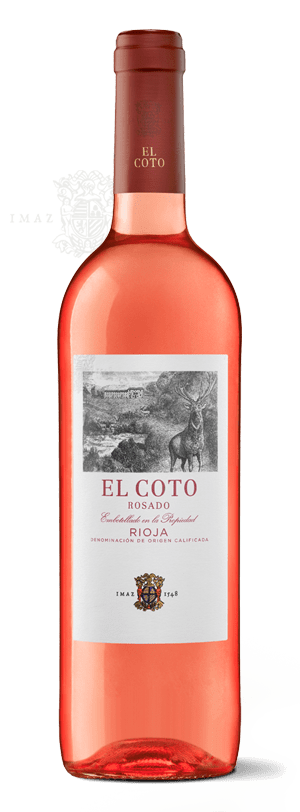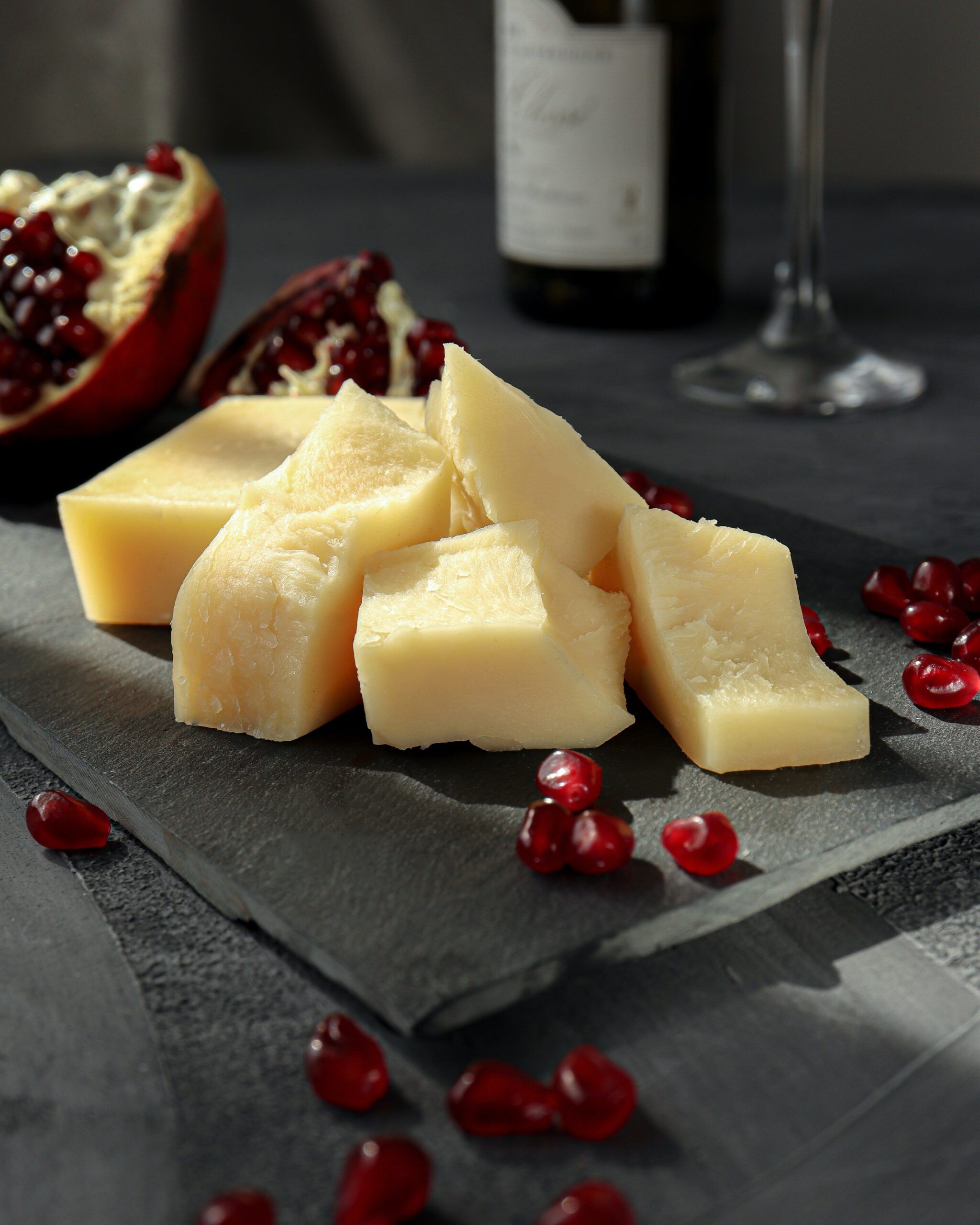
How is rosé wine made? We’ll tell you!
Rosé wine is a fresh, highly drinkable wine that is great for all sorts of occasions (many more than you might imagine!). It’s not only a favourite for summer days, nor a predominately feminine wine, nor a low-quality wine, nor any of the other stereotypes! Rosé wine pairs wonderfully with all sorts of dishes and moments and is spectacular, so if you haven’t tried it yet, give it a chance.
The perfect serving temperature is between 7 and 8 degrees Celsius, or a few degrees cooler if it’s a rosé sparkling wine. It goes great with appetisers, salads and even Asian food. We’ll go into this in more detail at the end of the article.
But let’s get to it! We’re going to see how a rosé wine is made.
Type of grapes used to make rosé wine
Had you heard or thought that rosé wine was just a blend of red wine and white wine? Not at all! In fact, that’s not allowed in the EU.
Rosé wine is made with the same grapes used for red wine, but it isn’t fermented with the skins. For the El Coto Rosado, we use Grenache and Tempranillo grapes. The Grenache grapes used to make this wine come from our estate in Ausejo, Los Almendros, and the Tempranillo grapes come from Rioja Alavesa. With these two grape varieties and the winemaking process, we get a tantalising wine with flavours of fresh strawberries and caramel.


Técnicas: diferencias entre sangrado, prensado directo y clarete
- Saignée: This technique probably yields the highest quality wine. The grapes are left to macerate for a short, variable period of time until the must takes on the desired colour. Then the tank is bled, which is where the technique gets its name (saignée means bled in French), and it goes straight into another tank to continue the process just like a white wine. This bleeding process normally makes finer, more complex wines.
- Maceration: With this technique, the grapes are pressed as soon as they reach the winery, after being crushed. The different pressing fractions are separated to settle separately. This process gives the wines more structure.
- Blending: this technique gives us a different type of rosé wine known as “clarete”. It is a coupage of must from white and red grape varieties. For decades, this wine was the most common type in Spain. But that deserves an article of its own! As we were saying, don’t confuse this process with that of blending finished red and white wine, which is prohibited.
How we make El Coto Rosado: sangée + maceration
Our El Coto Rosado wine is made in part by bleeding the free-run must from the grapes in the winery and in part through pellicular maceration and then pressing.
In both cases, the must is clarified before being fermented. The musts are made and fermented in the presence of select yeasts and at very low temperatures to encourage all the aromas of fresh fruit in our wine to develop. It is kept at a low temperature in the winery until it is bottled.
Plus, did you know that the grapes are covered with a curtain of carbonic gas when they get to the winery to protect them from oxidation? The same gas is used to instantly refrigerate the grapes! Isn’t that odd?


Cómo maridar un vino rosado
As we said at the beginning, rosé wine is perfect with all sorts of dishes, such as salads, pasta, fish, some types of cheese and cuisines like Asian food. Here are some quick tips:
- With a salad, always choose a light dressing like olive oil or, if you want something more, yoghurt is a good option. Avoid lemon and vinegar so you won’t taste bitterness.
- Pair your rosé with white fish like hake, sea bass or cod. It’s also perfect to have with a sushi feast!
- If you want to have a rosé with your cheese board, go for things like Brie and Camembert, which are the best cheese pairings for this type of wine by far.
Want to know more about how to pair rosé and other types of wine? Don’t miss this article!
















